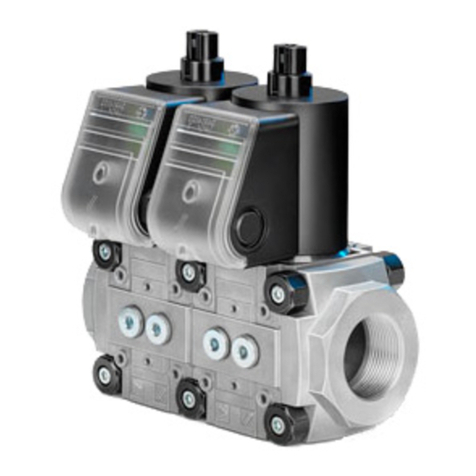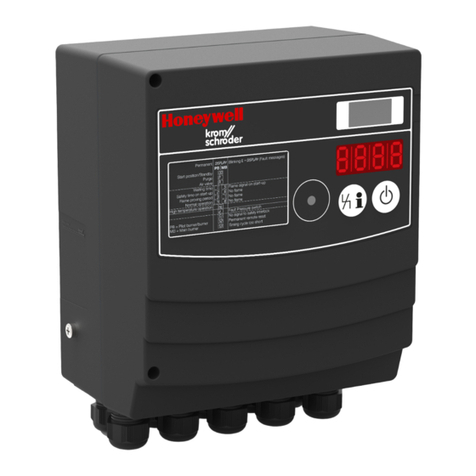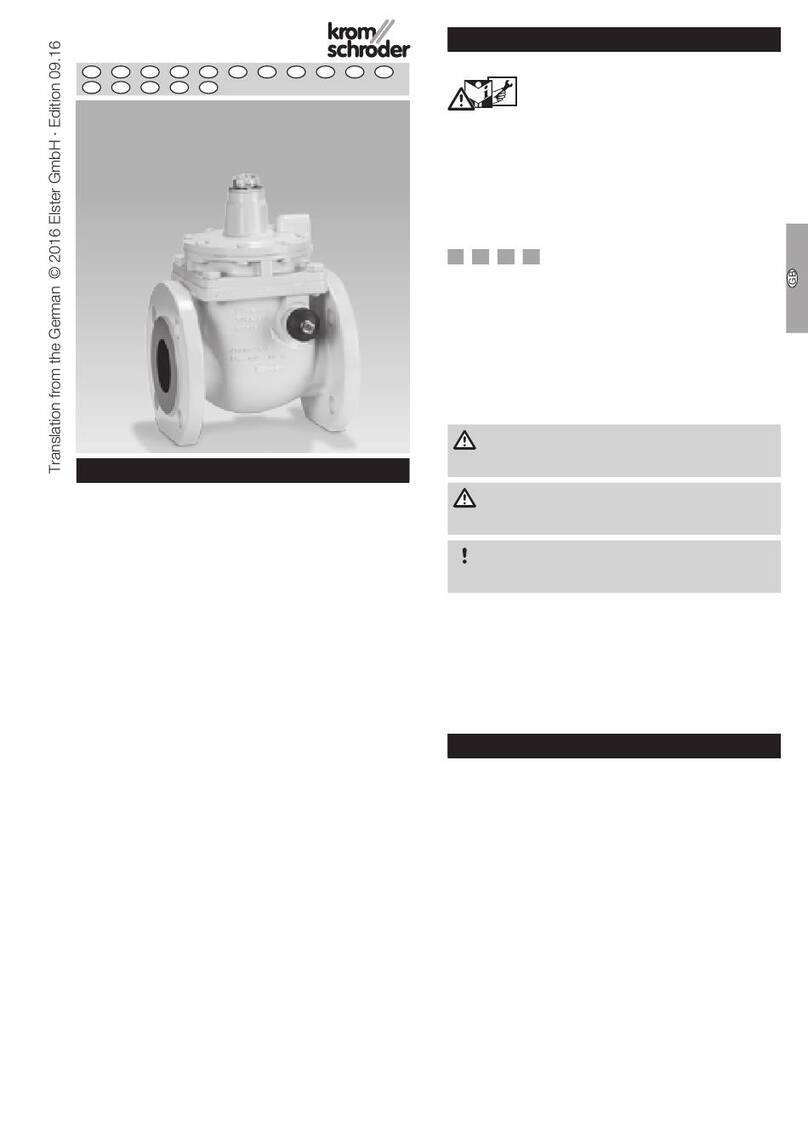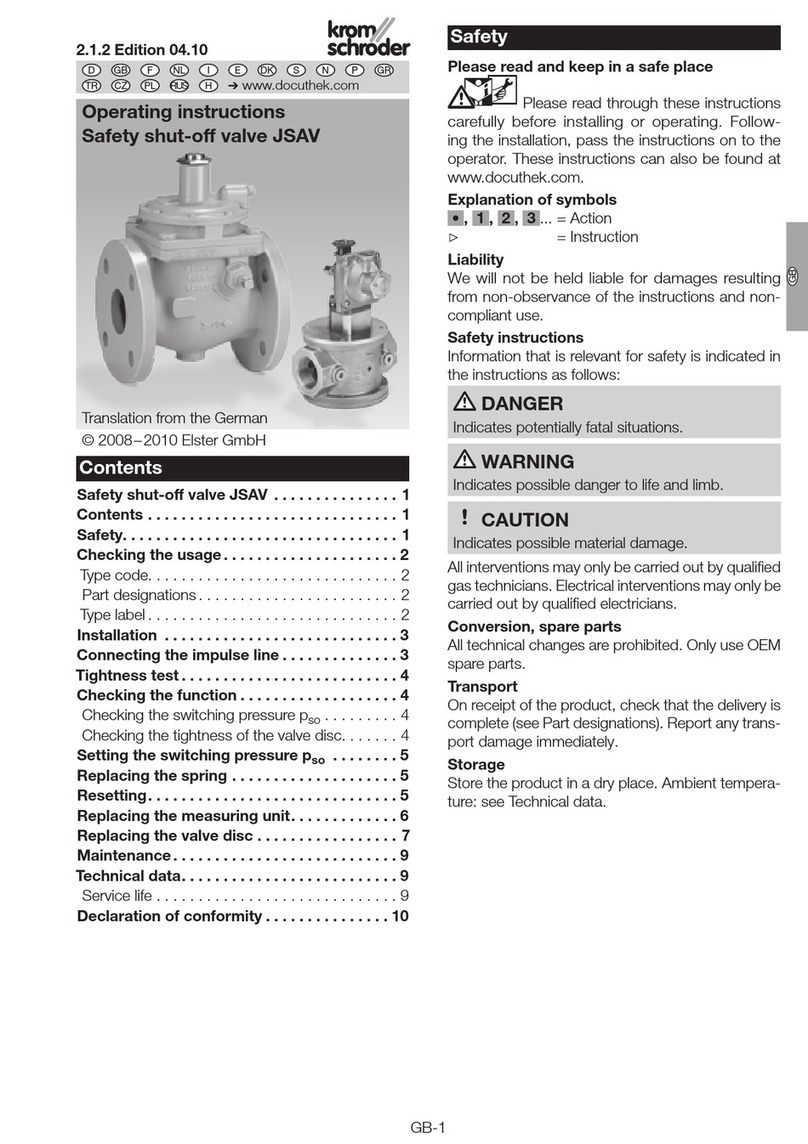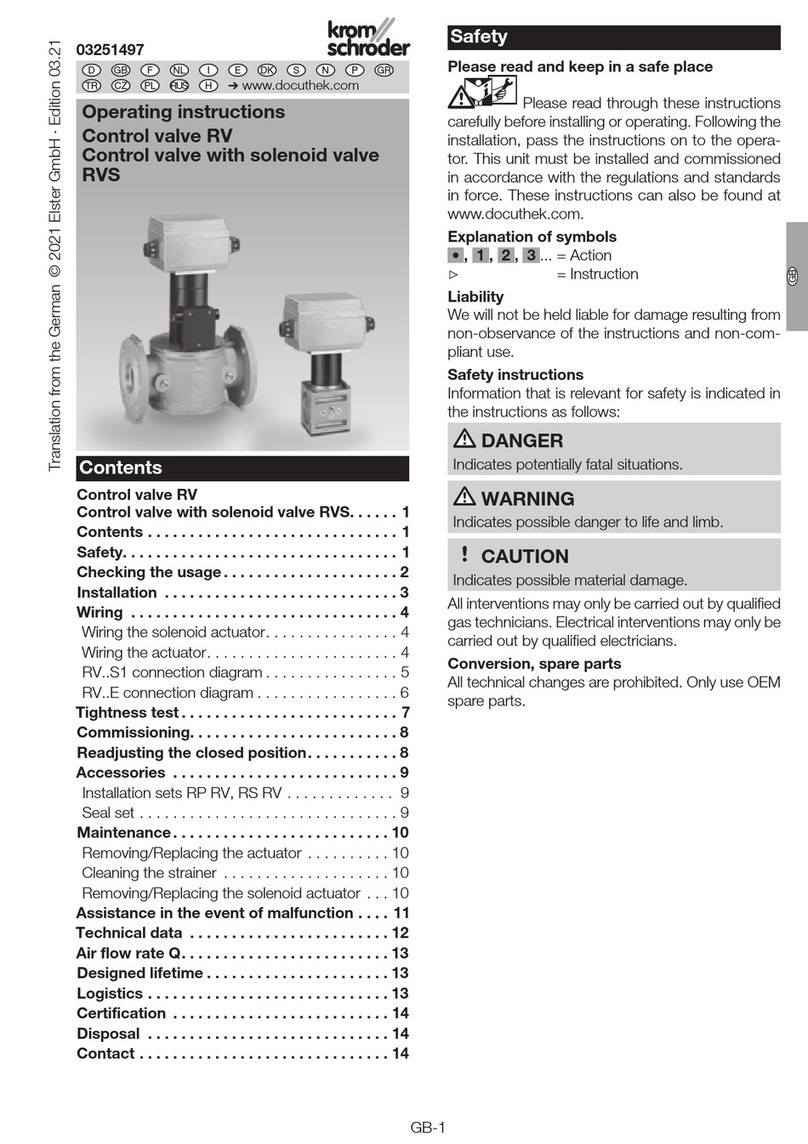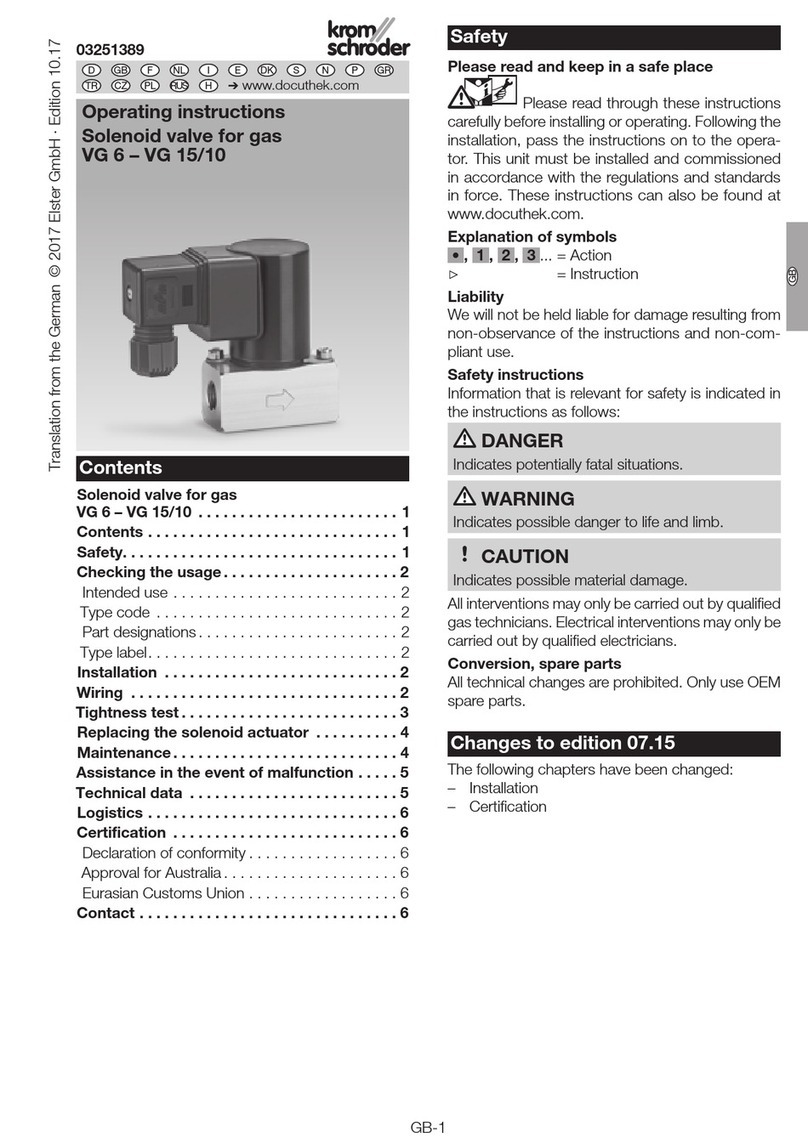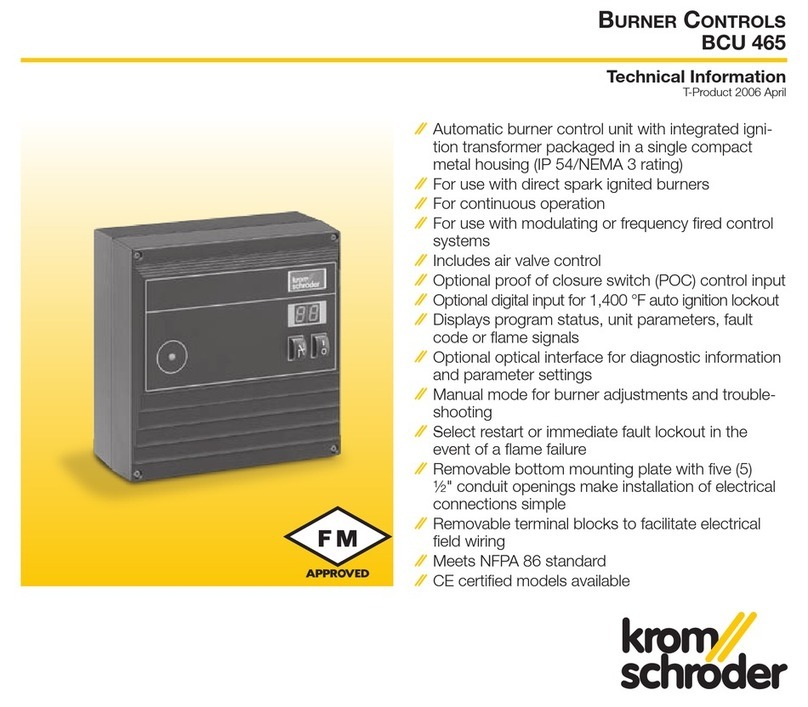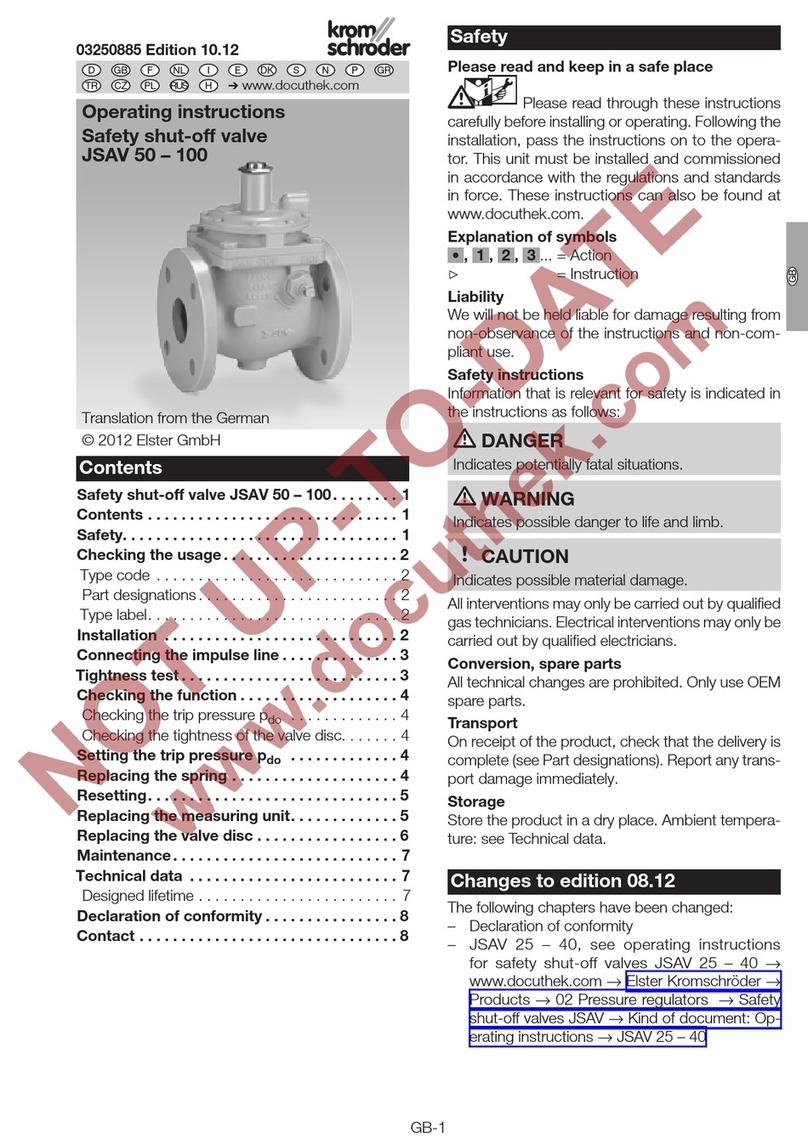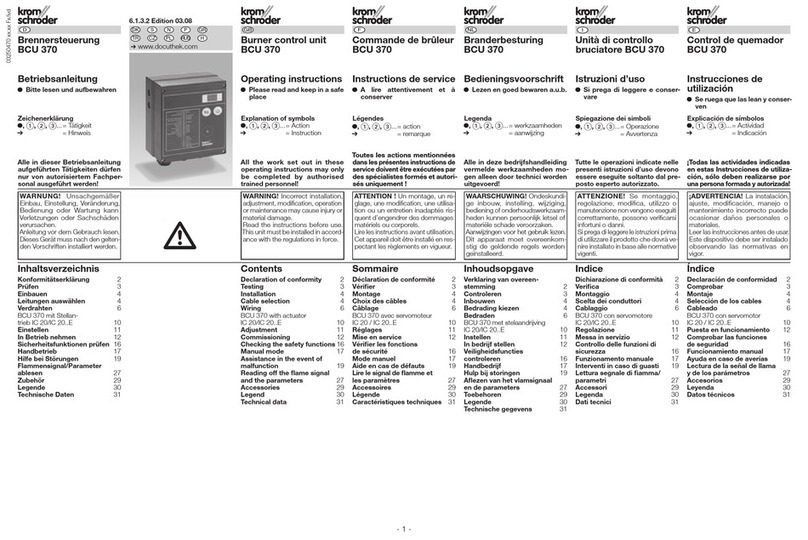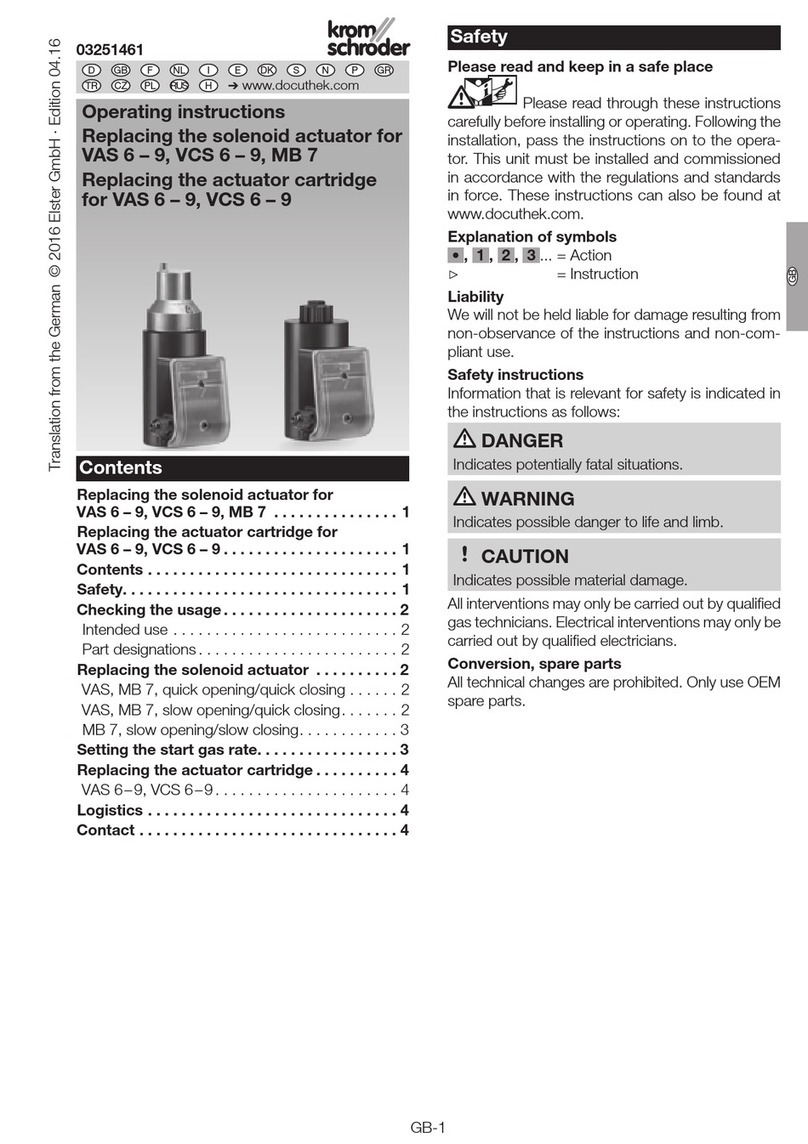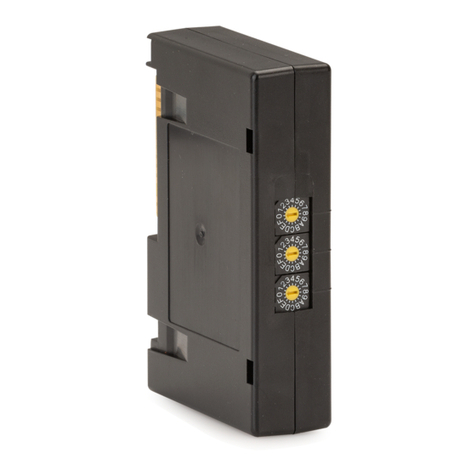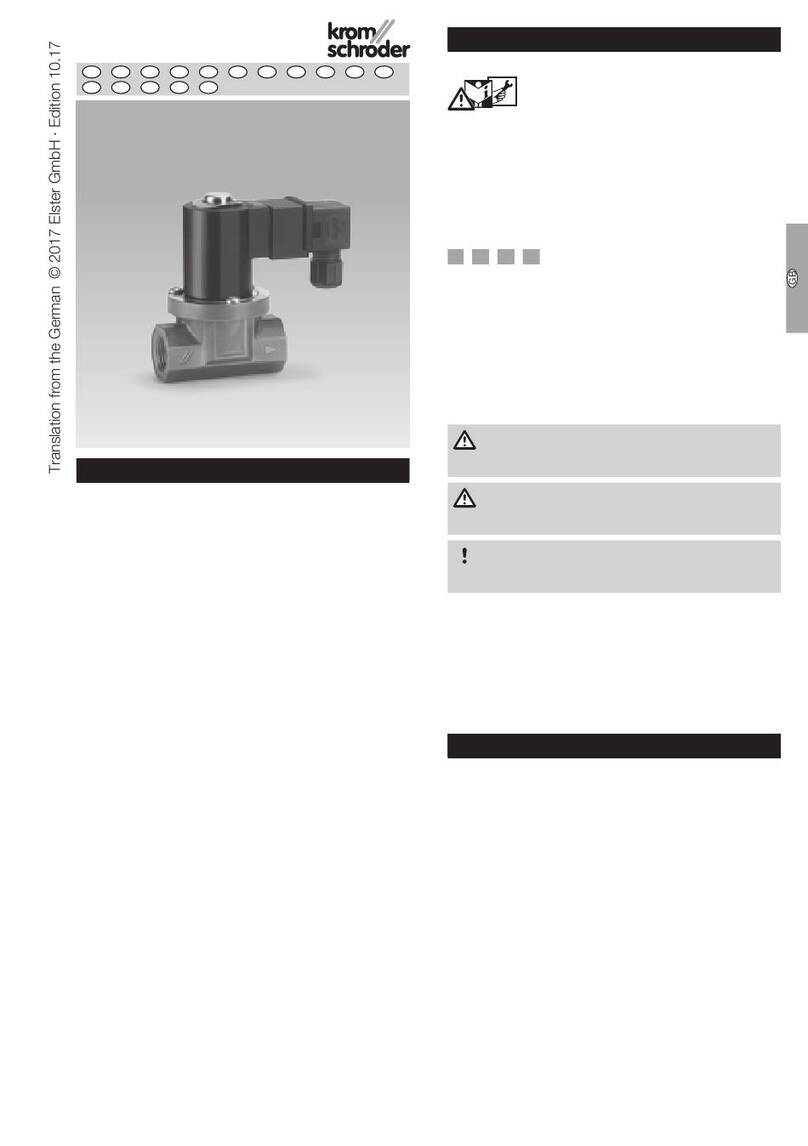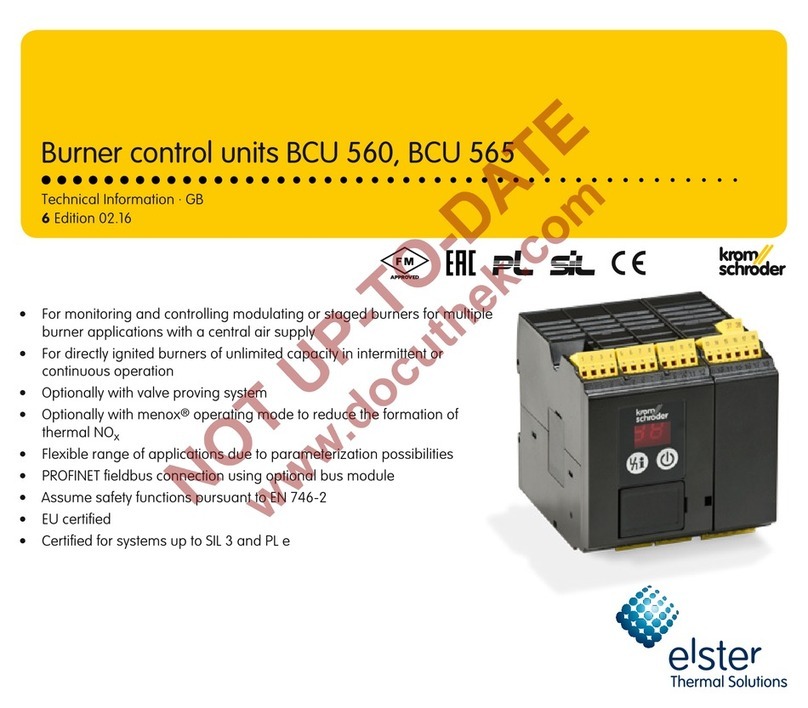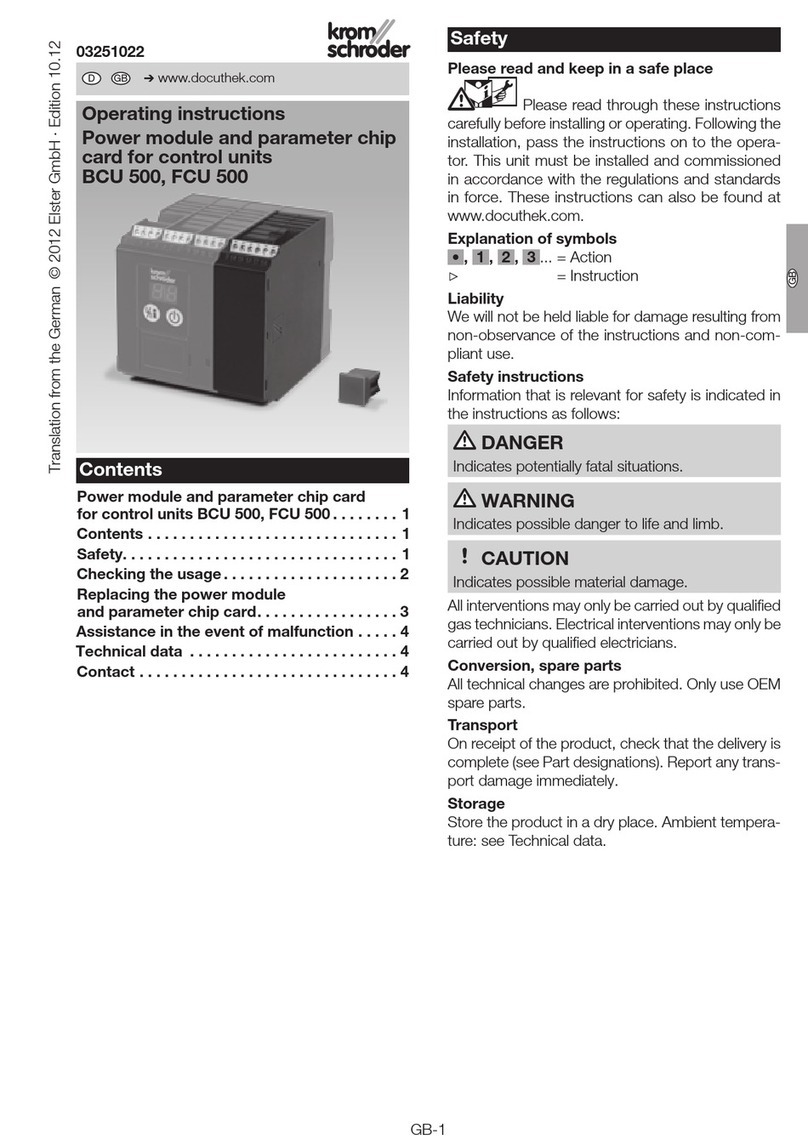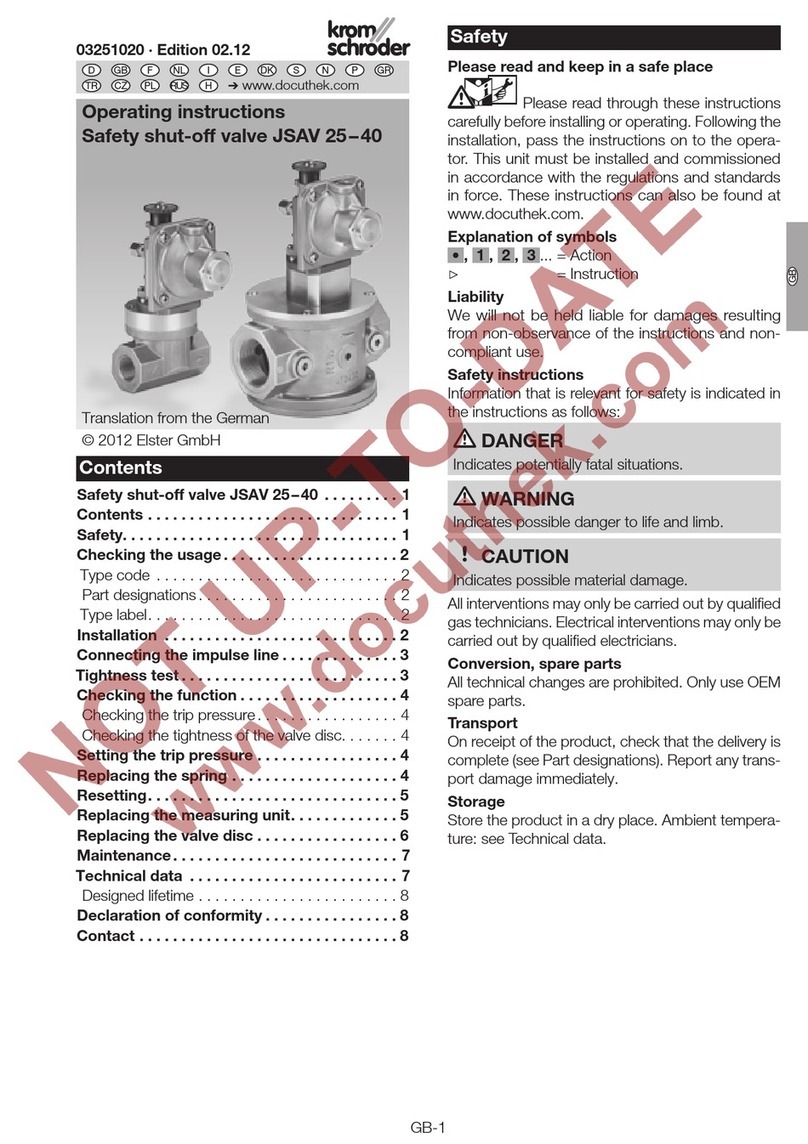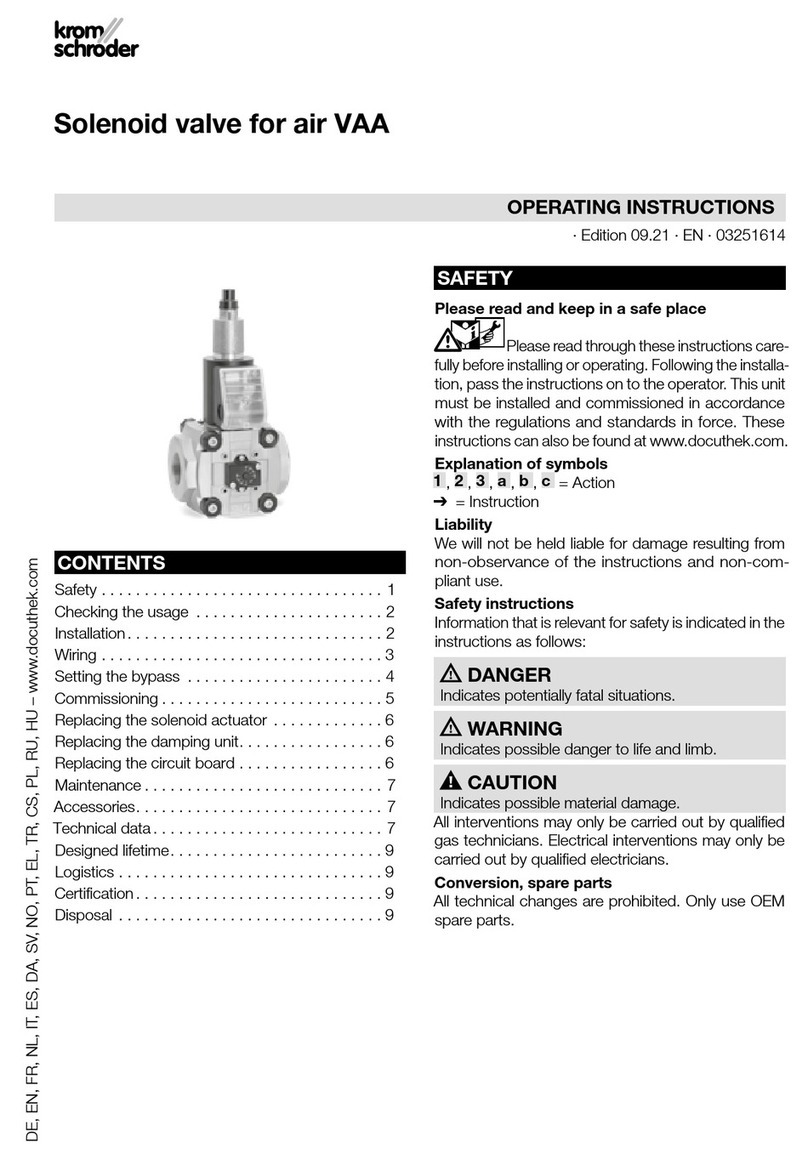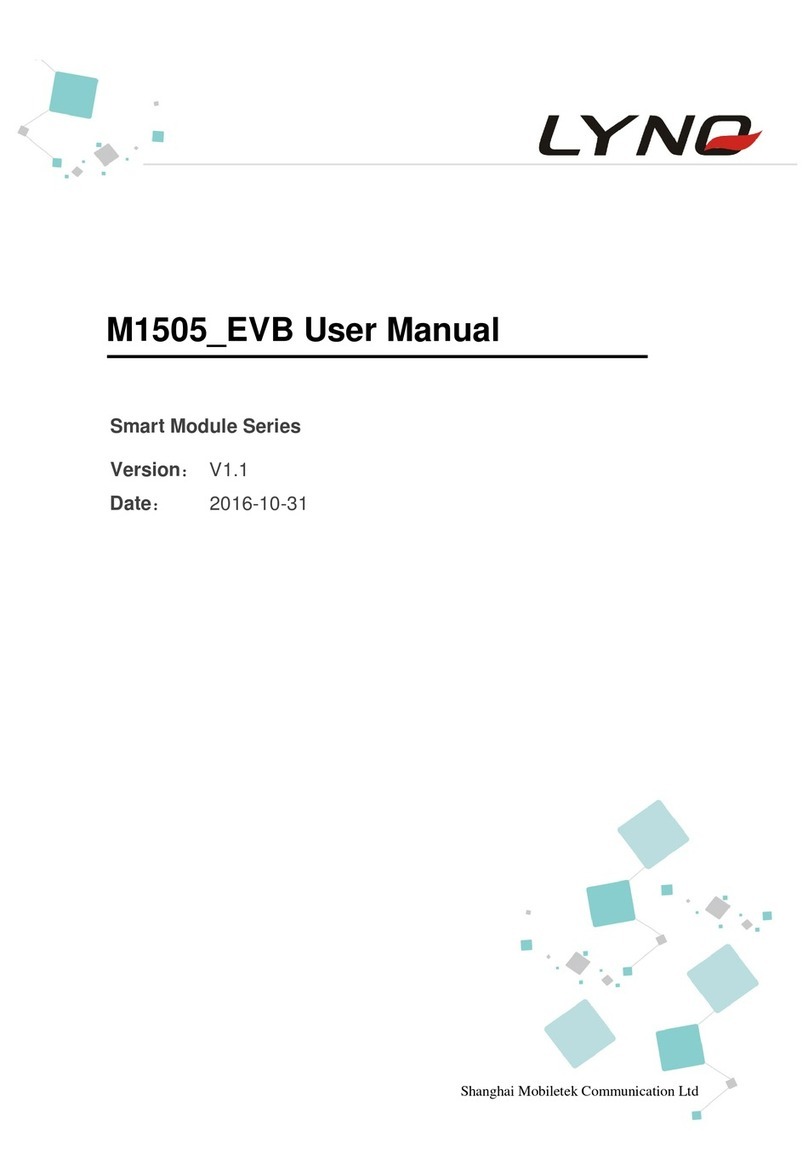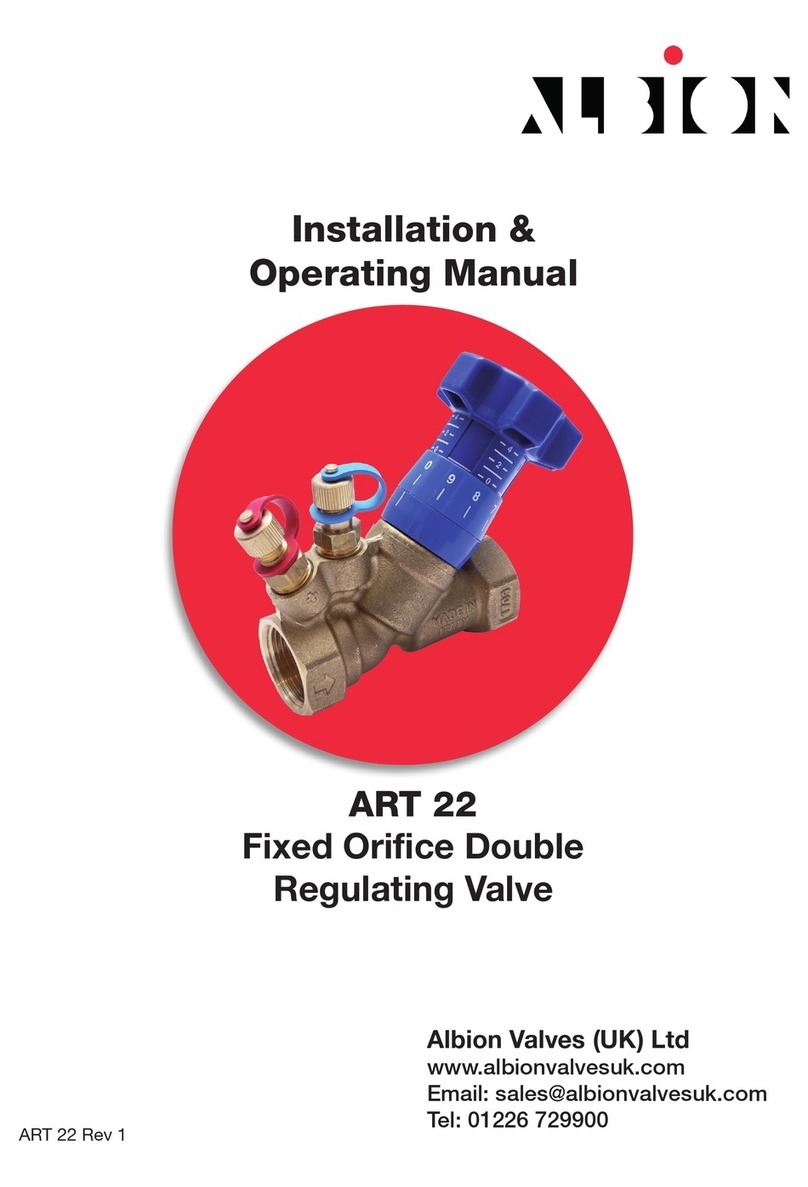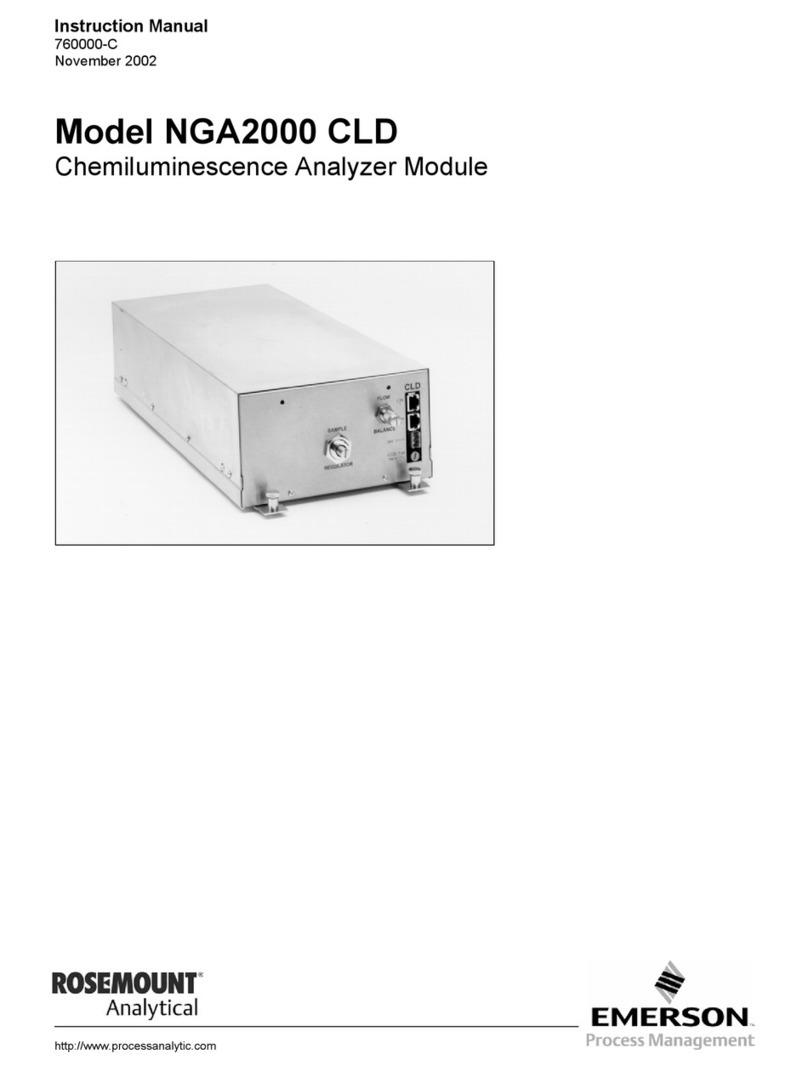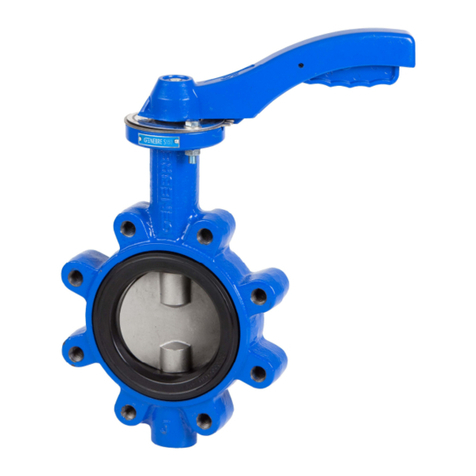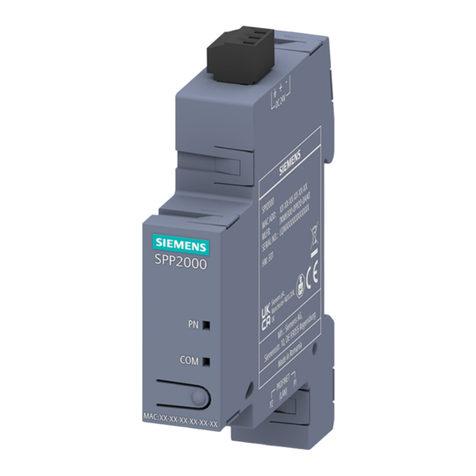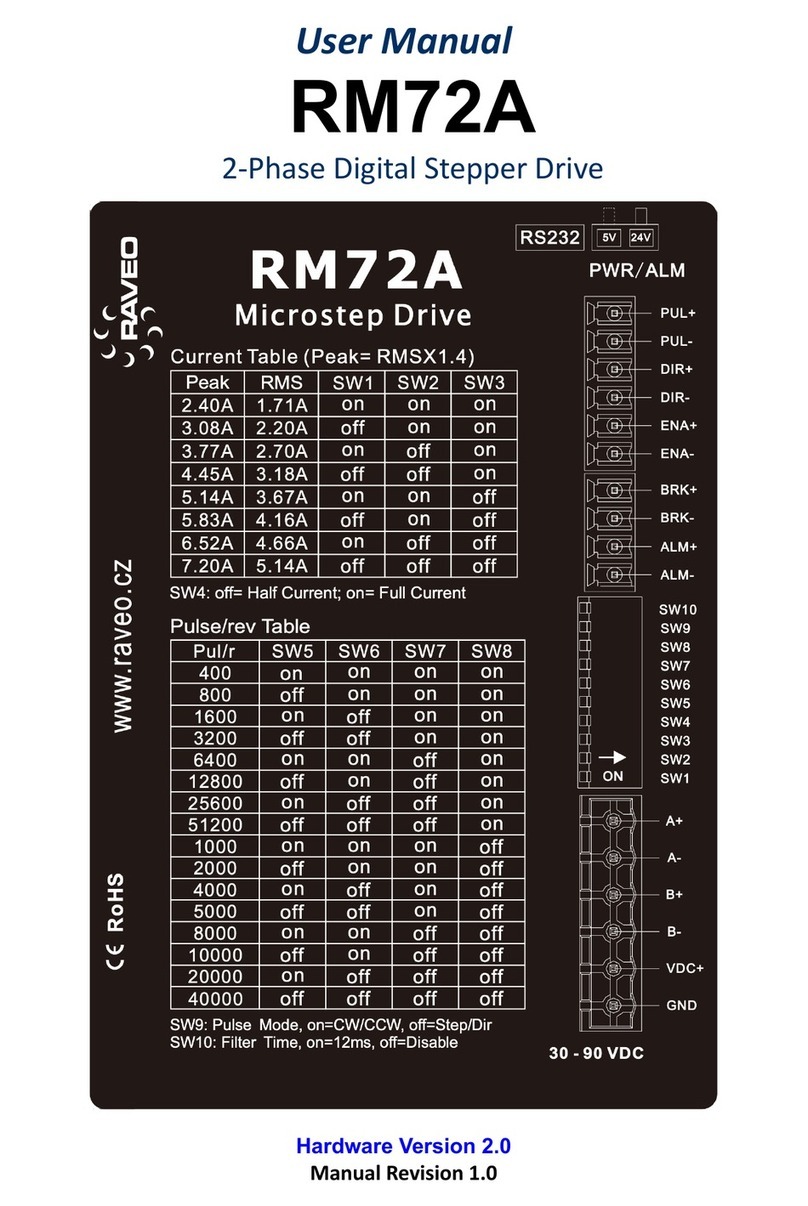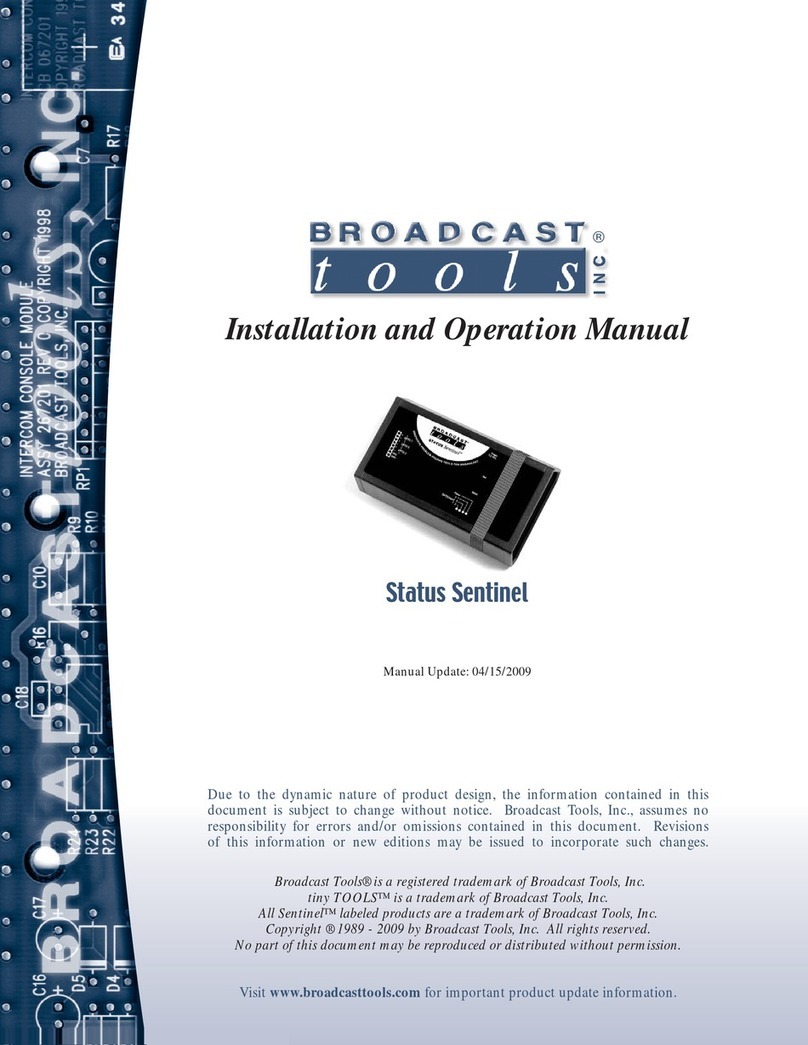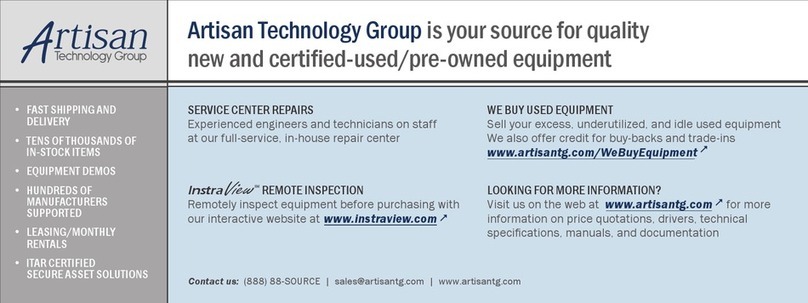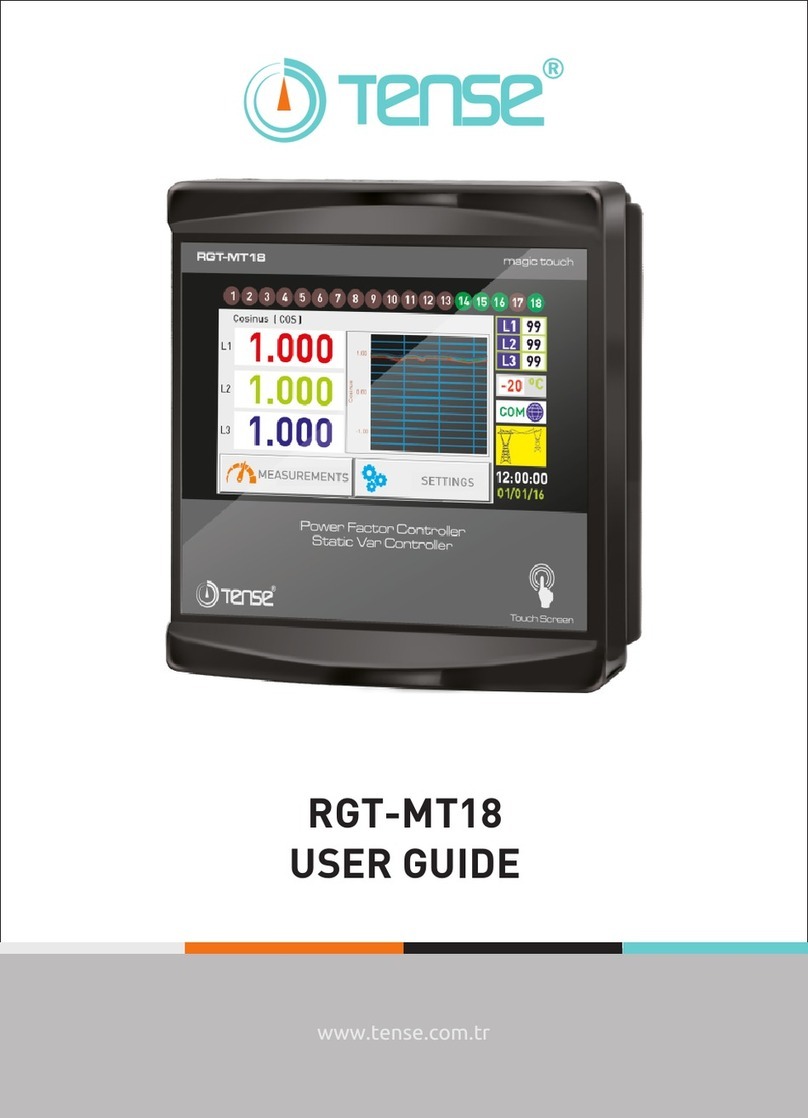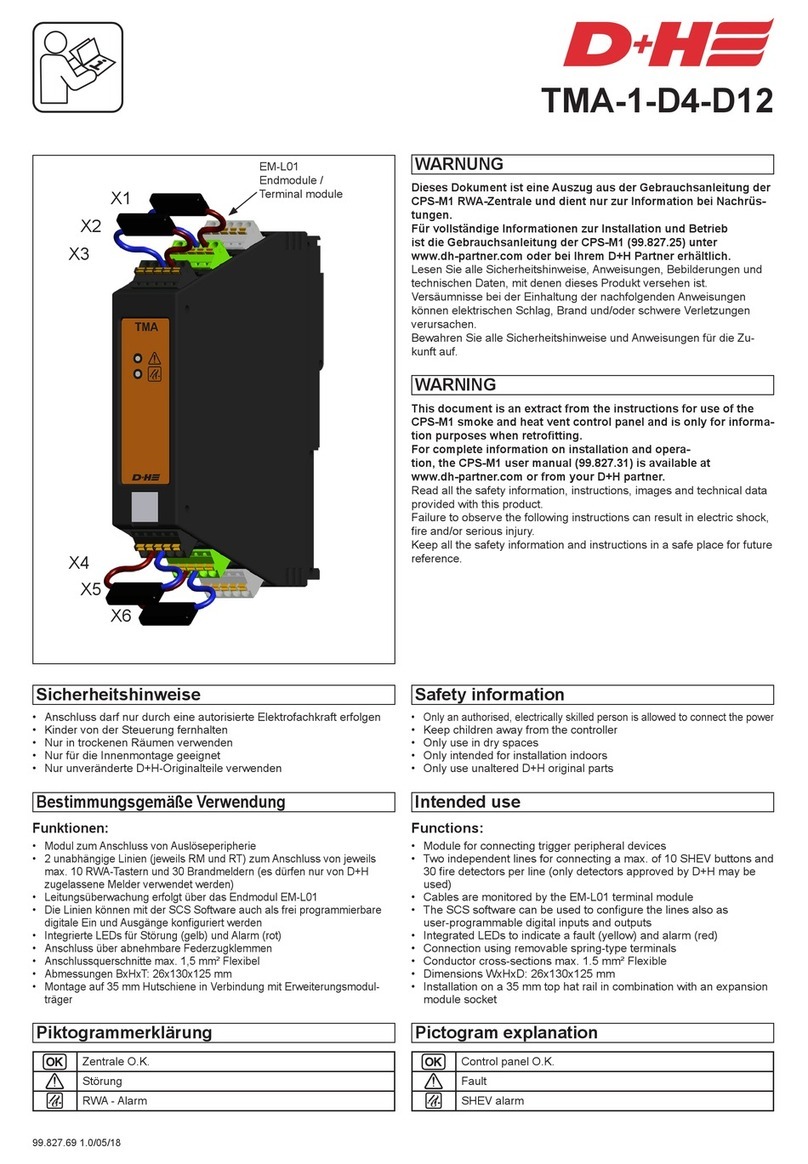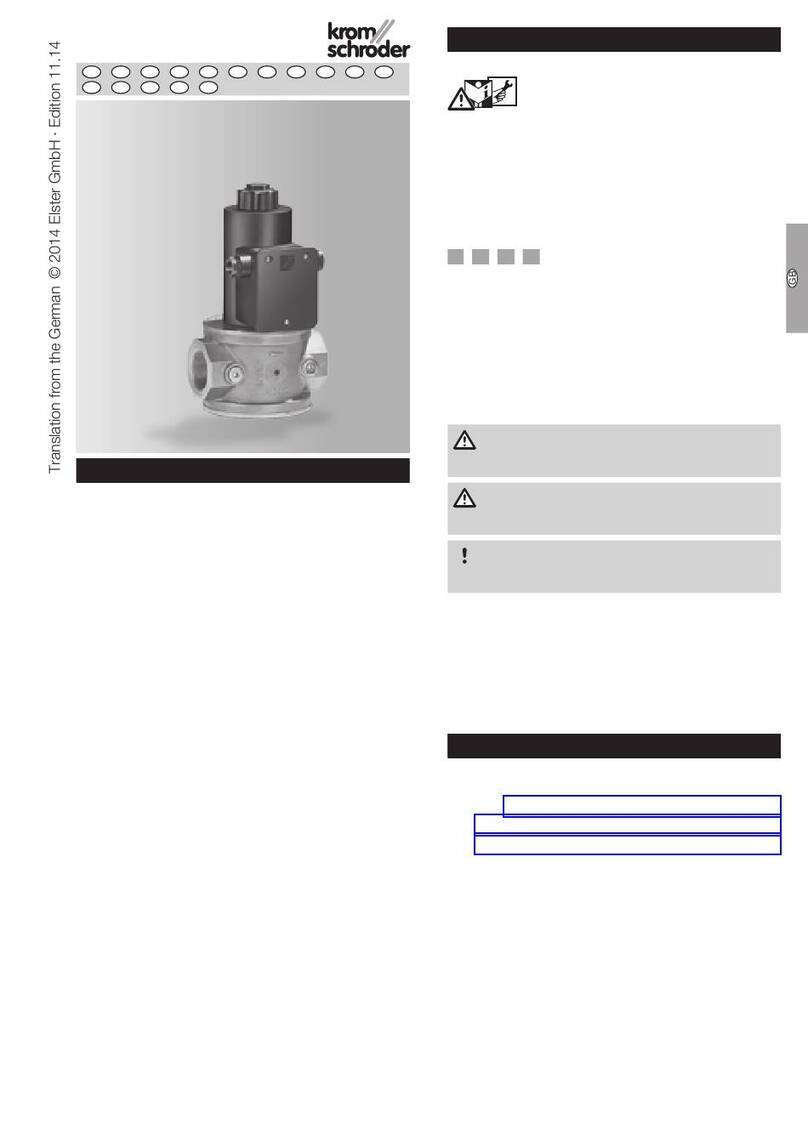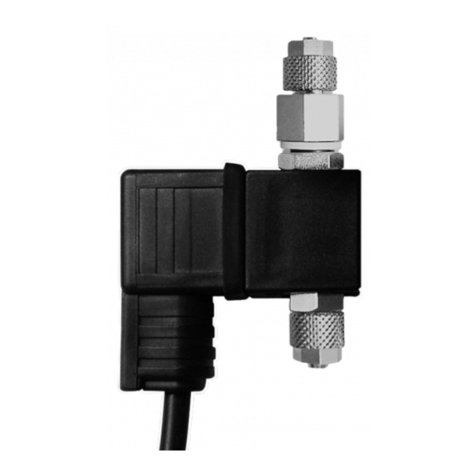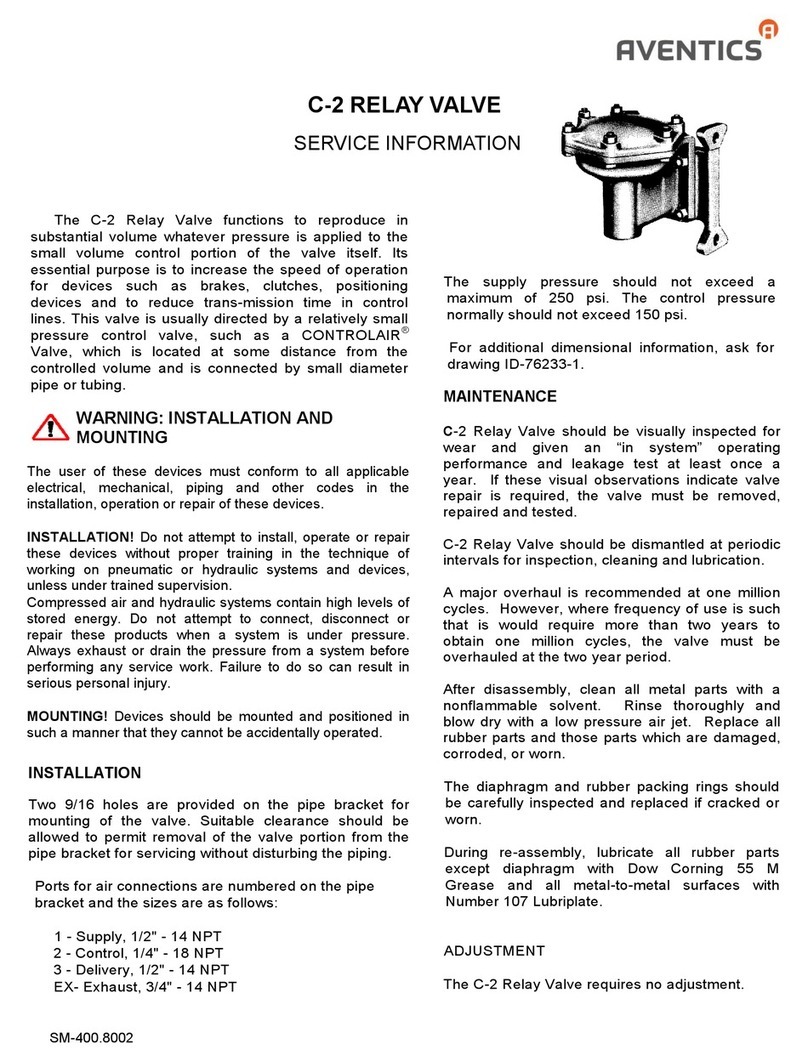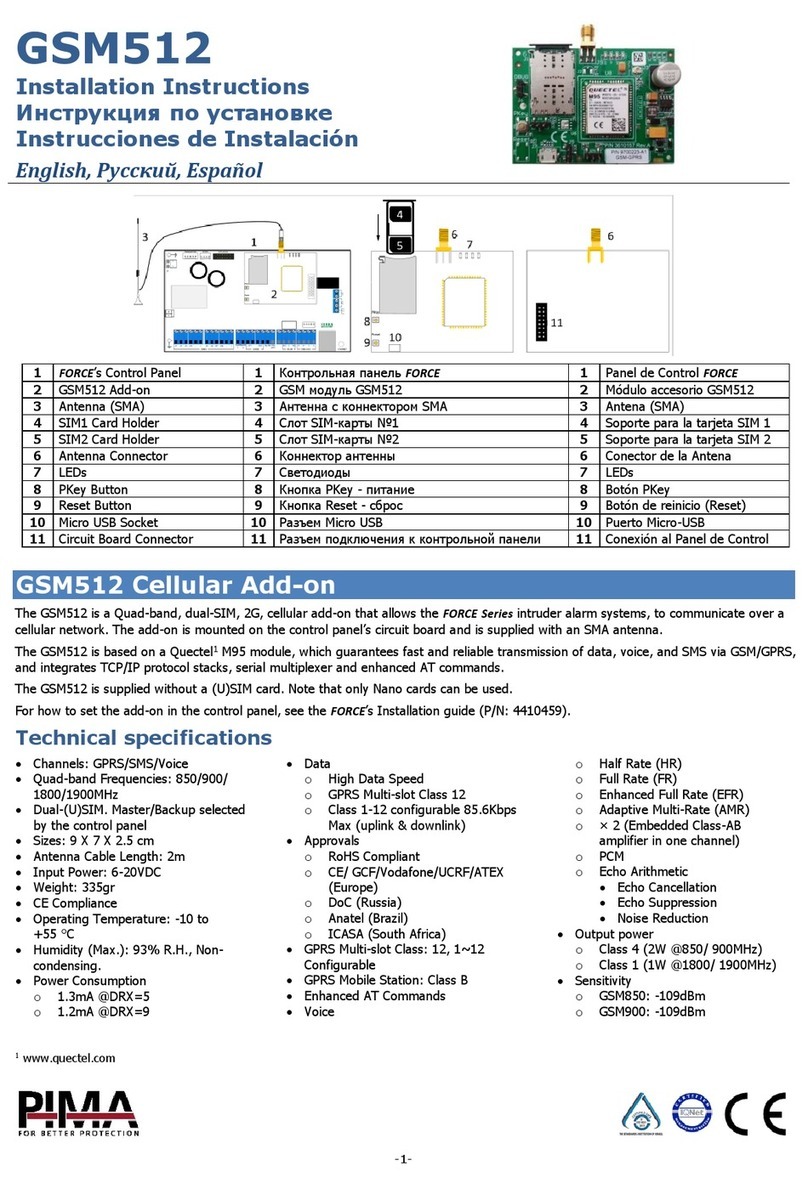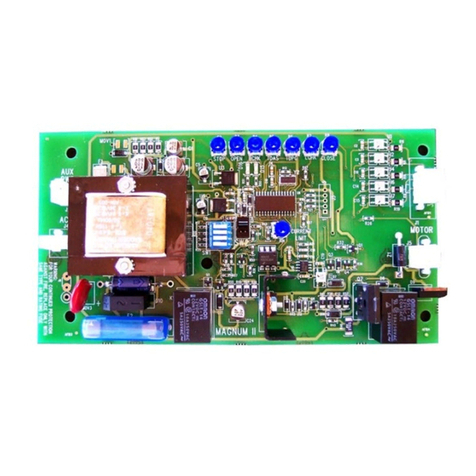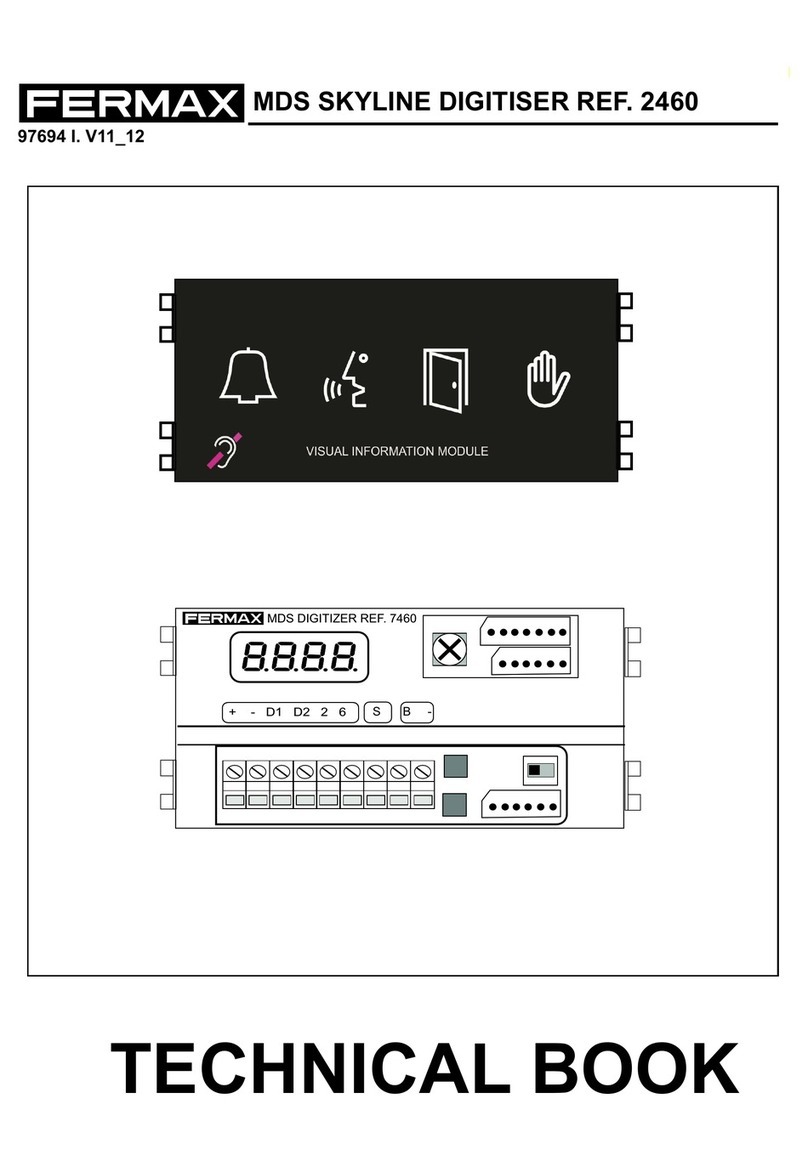
PFU 780 · Edition 02.12 2
▼= To be continued
Table of contents
Burner control unit PFU 780......................... 1
Table of contents .................................2
1 Application.....................................4
1.1 Examples of application..........................6
1.1.1 Stage-controlled main burner with alternating pilot burner 6
1.1.2 Stage-controlled main burner with permanent pilot burner 7
1.1.3 Modulating-controlled burner ....................... 8
1.1.4 PFU 780..D:
High temperature equipment ............................9
2 Certification ...................................10
3 Function.......................................11
3.1 Connection diagram ............................11
3.1.1 PFU 780 .........................................11
3.1.2 PFU 780..K2......................................12
3.2 PFU 780 program sequence ....................13
3.3 Program status and fault messages..............16
4 Parameters . . . . . . . . . . . . . . . . . . . . . . . . . . . . . . . . . . . 18
4.1 Scanning the parameters .......................19
4.2 Flame control.................................20
4.2.1 Flame signal, pilot burner ......................... 20
4.2.2 Flame signal, main burner ........................ 20
4.2.3 Program status when the most recent fault occurred... 20
4.2.4 Switch-off threshold of the flame amplifier ........... 20
4.2.5 High temperature operation with PFU..D..............21
4.2.6 UVS check...................................... 24
4.3 Pilot and main burner monitoring . . . . . . . . . . . . . . . . 25
4.3.1 Permanent pilot burner ........................... 26
4.3.2 Interrupted pilot burner ............................27
4.4 Behaviour in start-up position/standby............28
4.4.1 Flame simulation check in start-up position/standby ... 28
4.4.2 Minimum burner pause time tBP . . . . . . . . . . . . . . . . . . . 29
4.5 Behaviour during start-up ......................30
4.5.1 Safety time on start-up tSA ......................... 30
4.5.2 Flame proving period tFS ...........................31
4.5.3 Minimum combustion time tB......................31
4.5.4 Burner start-up attempts.......................... 32
4.6 Behaviour during operation .....................34
4.6.1 Safety time during operation tSB for pilot and main
burners ............................................ 34
4.6.2 Fault lock-out or restart, pilot burner ................ 34
4.6.3 Fault lock-out or restart, main burner................ 36
4.7 Air valve control PFU..L .........................38
4.7.1 Purge .......................................... 38
4.7.2 Cooling in start-up position/standby ................ 38
4.7.3 Burner start..................................... 38
4.7.4 Air valve opens in the case of external activation (not
during start-up) ...................................... 39
4.7.5 Air valve opens in the case of external activation (even
during start-up) ...................................... 40
4.7.6 Air valve opens with valve V2 .......................41
4.7.7 Air valve opens with operating signal ............... 42
4.7.8 Low fire over run time tKN after a normal shut-down ... 43
4.7.9 Behaviour of the air valve in the event of a fault lock-out 44
4.8 Manual operation .............................45
4.8.1 Manual mode limited to 5 minutes.................. 45
4.9 Password....................................46
5 Selection .....................................47
5.1 Calculating the safety time tSA ...................47
5.2 Selection table................................48
5.2.1 Type code ...................................... 48
6 Project planning information .....................49
6.1 Cable selection ...............................49
6.1.1 Ignition cable .................................... 49
6.1.2 Ionisation cable ................................. 49
6.1.3 UV-Leitung ..................................... 49
6.2 Ignition electrode .............................49
6.2.1 Electrode gap ................................... 49
6.2.2 Star electrodes .................................. 49
6.3 Minimum combustion time .....................50
6.4 Safety interlocks (Limits) ........................50
6.5 Emergency stop...............................50




















